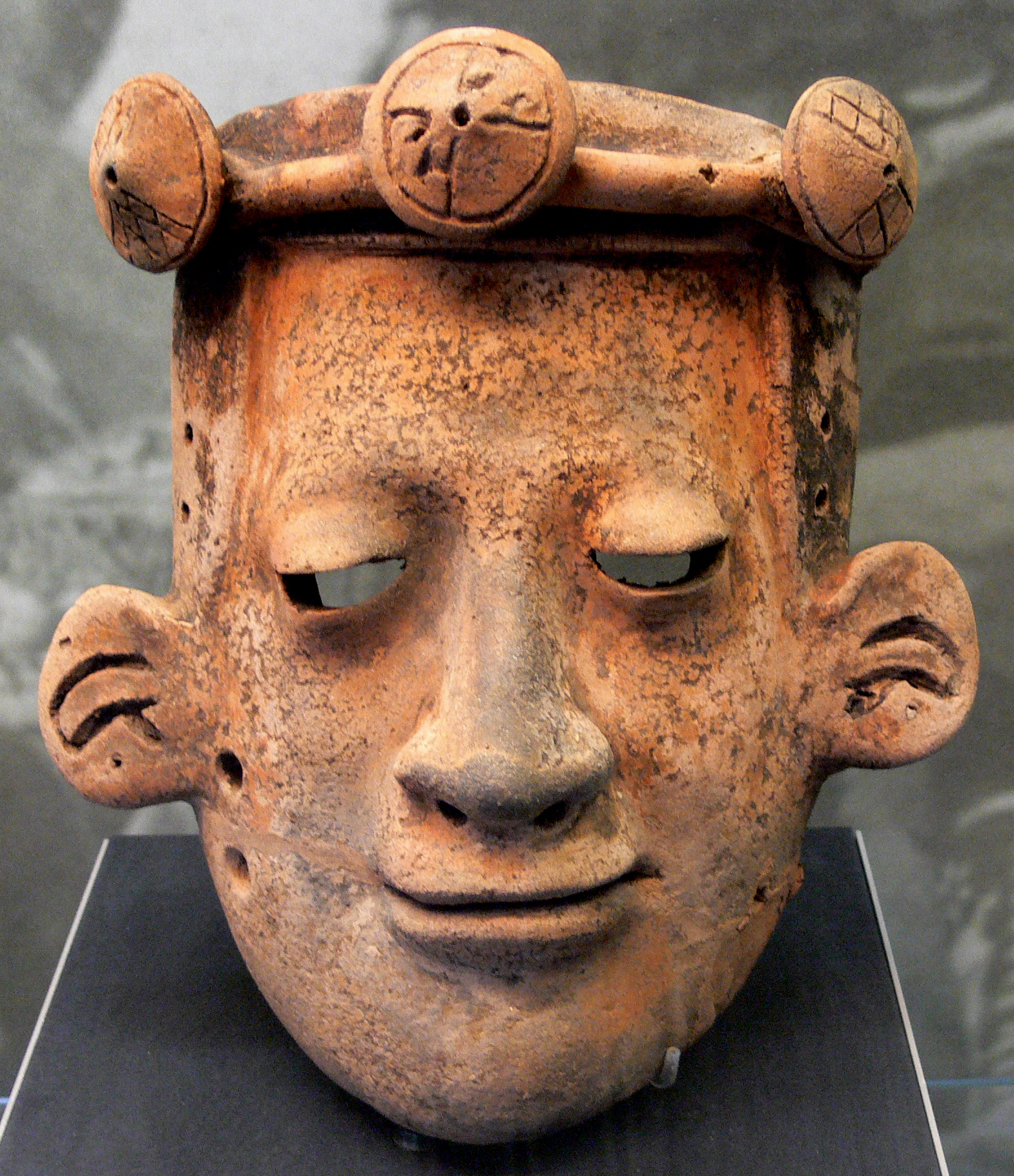Carchi on:
[Wikipedia]
[Google]
[Amazon]
Carchi () is a
 * Tulcán Cemetery - topiary garden cemetery;
* El Ángel ecological reserve, El Ángel - extensive
* Tulcán Cemetery - topiary garden cemetery;
* El Ángel ecological reserve, El Ángel - extensive
Gobierno Provincial del Carchi
official website *
¡Con el Carchi no se juega!
*
"DEJA VU" OF HISTORY: YOU DON'T MESS WITH CARCHI
{{Authority control Provinces of Ecuador
province
A province is almost always an administrative division within a country or state. The term derives from the ancient Roman ''provincia'', which was the major territorial and administrative unit of the Roman Empire's territorial possessions outsi ...
in Ecuador
Ecuador ( ; ; Quechuan languages, Quechua: ''Ikwayur''; Shuar language, Shuar: ''Ecuador'' or ''Ekuatur''), officially the Republic of Ecuador ( es, República del Ecuador, which literally translates as "Republic of the Equator"; Quechuan ...
. The capital is Tulcán :''"Tulcan" is also an alternative spelling of tulchan''
Tulcán () is the capital of the province of Carchi in Ecuador and the seat of Tulcán Canton. The population of the city of Tulcán was 47,359 in the 2001 census and 53,558 in the 2010 cen ...
. The Carchi River rises on the slopes of Chiles volcano and forms the boundary between Colombia and Ecuador near Tulcan. Rumichaca Bridge is the most important land route between Colombia and Ecuador.
Economy
The provincial economy is based on industrial, and agriculture productions. Carchi produces food, drinks, tobacco, and dairy products. The agriculture sector produces potatoes, maize, etc.Cantons
The province is divided into 6canton
Canton may refer to:
Administrative division terminology
* Canton (administrative division), territorial/administrative division in some countries, notably Switzerland
* Township (Canada), known as ''canton'' in Canadian French
Arts and ent ...
s. The following table lists each with its population at the 2010 census
A census is the procedure of systematically acquiring, recording and calculating information about the members of a given population. This term is used mostly in connection with national population and housing censuses; other common censuses in ...
, its area in square kilometres (km²), and the name of the canton seat or capital
Capital may refer to:
Common uses
* Capital city, a municipality of primary status
** List of national capital cities
* Capital letter, an upper-case letter Economics and social sciences
* Capital (economics), the durable produced goods used fo ...
.
Demographics
Ethnic groups as of theEcuadorian census The Ecuadorian census is conducted by the Politics of Ecuador, governmental institution known as ''INEC'', ''Instituto Nacional de Estadisticas y Censos'' (National Institute of Statistics and Census).INEC The census in Ecuador is conducted every 1 ...
of 2010:
*Mestizo
(; ; fem. ) is a term used for racial classification to refer to a person of mixed European and Indigenous American ancestry. In certain regions such as Latin America, it may also refer to people who are culturally European even though thei ...
86.9%
*Afro-Ecuadorian
Afro-Ecuadorians or Afroecuatorianos (Spanish), are Ecuadorians of predominantly Sub-Saharan African descent.
History and background
Most Afro-Ecuadorians are the descendants of enslaved Africans who were transported by Spanish slavers to Ecuado ...
6.4%
* Indigenous 3.4%
*White
White is the lightness, lightest color and is achromatic (having no hue). It is the color of objects such as snow, chalk, and milk, and is the opposite of black. White objects fully diffuse reflection, reflect and scattering, scatter all the ...
2.9%
*Montubio
Montubio is the term used to describe the mestizo people of the countryside of coastal Ecuador. The Montubio make up 7.4% of the country's population and were recognized as a distinct ethnicity by the government in the spring of 2001 after prot ...
0.3%
*Other 0.1%
Tourist destinations
 * Tulcán Cemetery - topiary garden cemetery;
* El Ángel ecological reserve, El Ángel - extensive
* Tulcán Cemetery - topiary garden cemetery;
* El Ángel ecological reserve, El Ángel - extensive páramo
Páramo () can refer to a variety of alpine tundra ecosystems located in the Andes Mountain Range, South America. Some ecologists describe the páramo broadly as "all high, tropical, montane vegetation above the continuous timberline". A narrowe ...
ecosystem with diverse biotopes, including the visually striking páramos de frailejones - moorland with a forest of ancient, up to 10 m tall ''Espeletia pycnophylla'' plants;
* Arrayanes Forest, San Gabriel - 16 ha large forest with rare trees whose bark is in cinnamon color;
* Lagunas Verdes on the way from Tufiño to Maldonado. Three lakes of volcanic origin with blue - green water, rich with sulphur;
* Gruta de la Paz, San Gabriel - show cave with a shrine of Virgin Mary;
* Laguna del Salado, San Gabriel - a serene lagoon with translucent water;
* Tufiño Hot Springs, Tulcán;
* "El Voladero" lagoons, El Angel;
* De Paluz Falls, San Gabriel;
* Guanderas Scientific Station, Huaca - a biological research station for montane ecosystems.
See also
*Provinces of Ecuador
Ecuador is divided into 24 provinces ( es, provincias, singular''provincia''). The provinces of Ecuador and their capitals are:
List
1 Population as per the census carried out on 2010-11-28
In addition, there were four areas that were non-del ...
* Cantons of Ecuador
The Cantons of Ecuador are the second-level subdivisions of Ecuador, below the provinces. There are 221 cantons in the country, of which three are not in any province. The cantons are further sub-divided into parishes, which are classified as ...
References
External links
*Gobierno Provincial del Carchi
official website *
¡Con el Carchi no se juega!
*
"DEJA VU" OF HISTORY: YOU DON'T MESS WITH CARCHI
{{Authority control Provinces of Ecuador